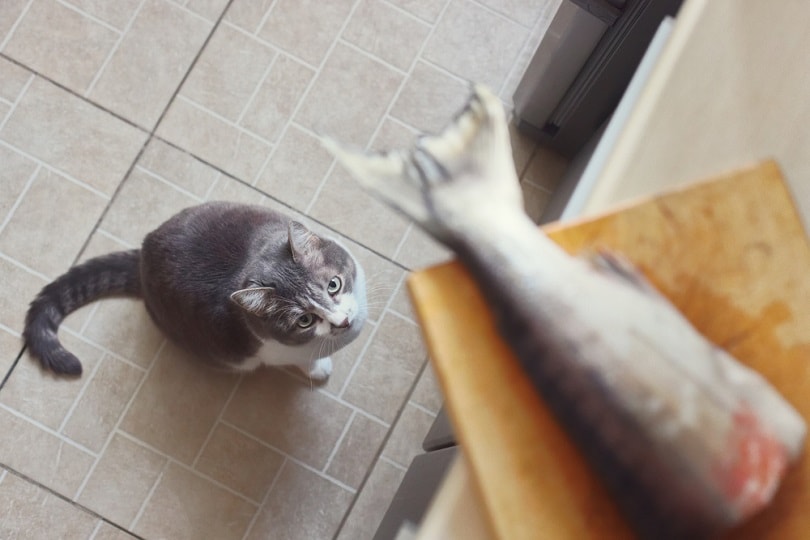
Dealing with diabetes in your cat can be confusing and overwhelming. There are so many things you have to keep in mind, from what to feed to how to dose medications to checking blood sugars. It takes a real commitment to the care of your cat to manage their diabetes, including providing medications and an appropriate diabetic diet.
Why Body Weight Is Important
While many diabetic cats start off overweight, they may lose weight over time, especially if their blood sugars are running high. It’s not uncommon for cats to lose weight before they are diagnosed with diabetes due to the problems within their body before a diagnosis can happen. It’s important for your diabetic cat to maintain a healthy body weight, though.
While you don’t want your cat to be obese, they do need to have muscle mass and an appropriate amount of fat on their body. This will ensure they have some body mass to fall back on if they become ill, as well as help keep their body healthy and functioning properly.
However, if you have a diabetic cat, then you know that you can’t feed them just anything. While some foods and supplements may aid in weight gain, it doesn’t mean they are appropriate for a diabetic cat. Your cat needs foods that are high in protein and low in carbohydrates to help them maintain a healthy body weight and manage their blood sugars.
The 10 Foods You Can Give to Your Diabetic Cat
1. Salmon
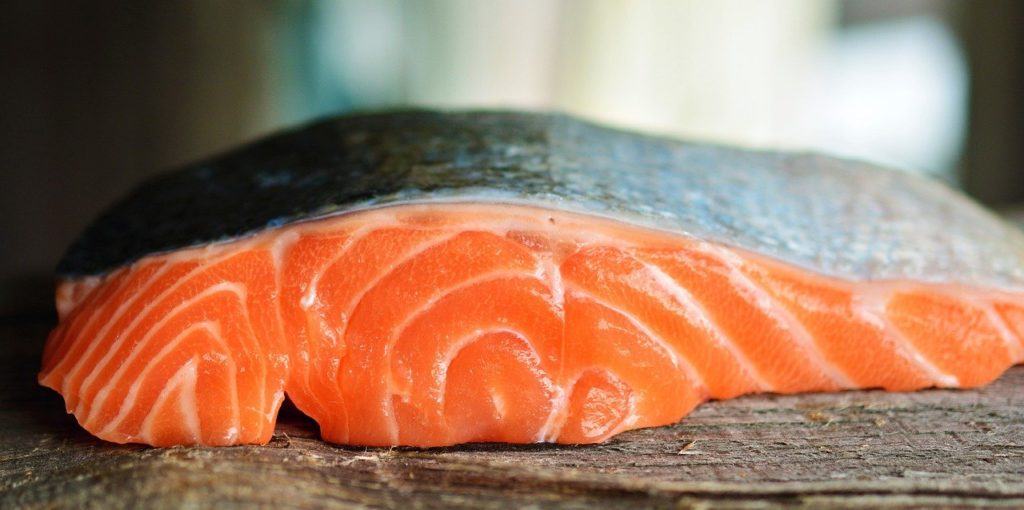
Salmon is a food that your cat will likely love to eat in just about any form. It’s available canned, fresh, smoked, and dried. Salmon is high in protein and contains no carbohydrates. It’s a good source of healthy fats and omega-fatty acids that can support skin and coat health.
Ensure that any salmon you feed your cat doesn’t contain added sodium or spices. Canned and smoked salmon often have salt added to them to help preserve them, while home-cooked salmon may have spices added to it. If you’re cooking a little bit of salmon for your kitty, keep it plain and cook it without oil.
2. Tuna
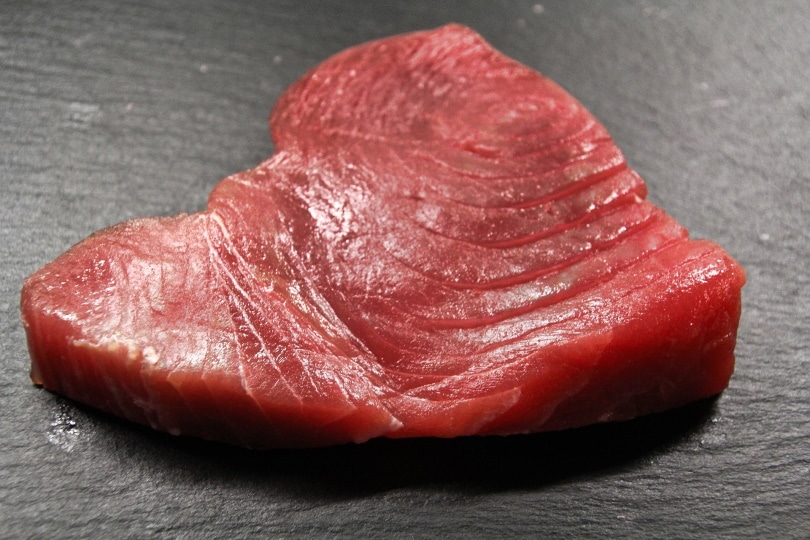
Tuna is a tasty and affordable treat option for your diabetic cat. It’s widely available in most grocery stores, and, like salmon, tuna is available in multiple forms. You’re most likely to find canned tuna, but fresh and frozen tuna are often available as well. Tuna is a great source of protein, coming in higher in protein than salmon, and it also contains no carbohydrates and is a good source of omega-3 fatty acids.
Like salmon, it’s important to ensure that you’re feeding your cat tuna that doesn’t have added sodium or spices. Sometimes, canned tuna is packed in oil instead of water, so it’s important to read the label carefully. Giving your cat tuna in oil can not only lead to unhealthy weight gain, but it may also lead to stomach upset. On its own, tuna is much lower in fat than salmon.
Tuna is higher in mercury than smaller types of fish, like salmon, so it should not be fed every day.
3. Chicken
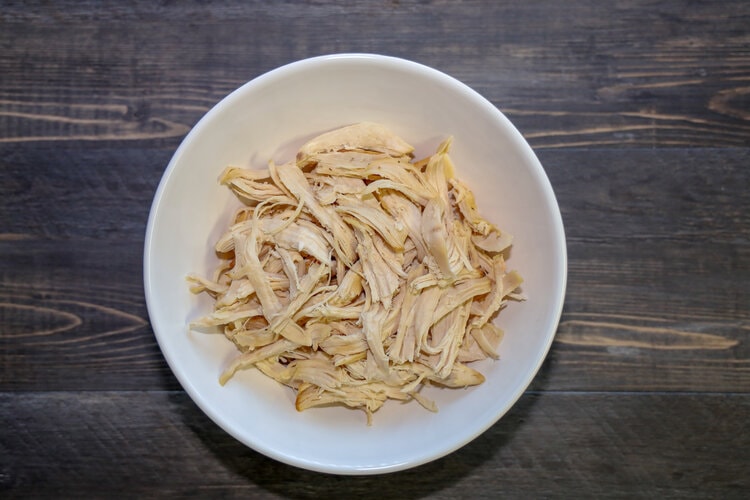
Chicken is a high-protein food that is widely available, and it is often more affordable than other protein sources. Chicken is available in multiple forms, but the easiest way to treat your diabetic kitty to some chicken is through freeze-dried chicken cat treats. Most pet stores and grocery stores have freeze-dried pet treats, and they are often an affordable way to feed your cat chicken without fresh food going to waste.
If you’re giving your cat prepared chicken, then you need to ensure that it is free of spices and seasonings, as well as oil. Baked or boiled chicken is best for cats if you’d like to cook your own. Canned chicken is also an option, but make sure it is low in sodium. The nutritional content of chicken varies significantly with the cut, but chicken breast is the leanest cut that is often considered the healthiest.
4. Beef
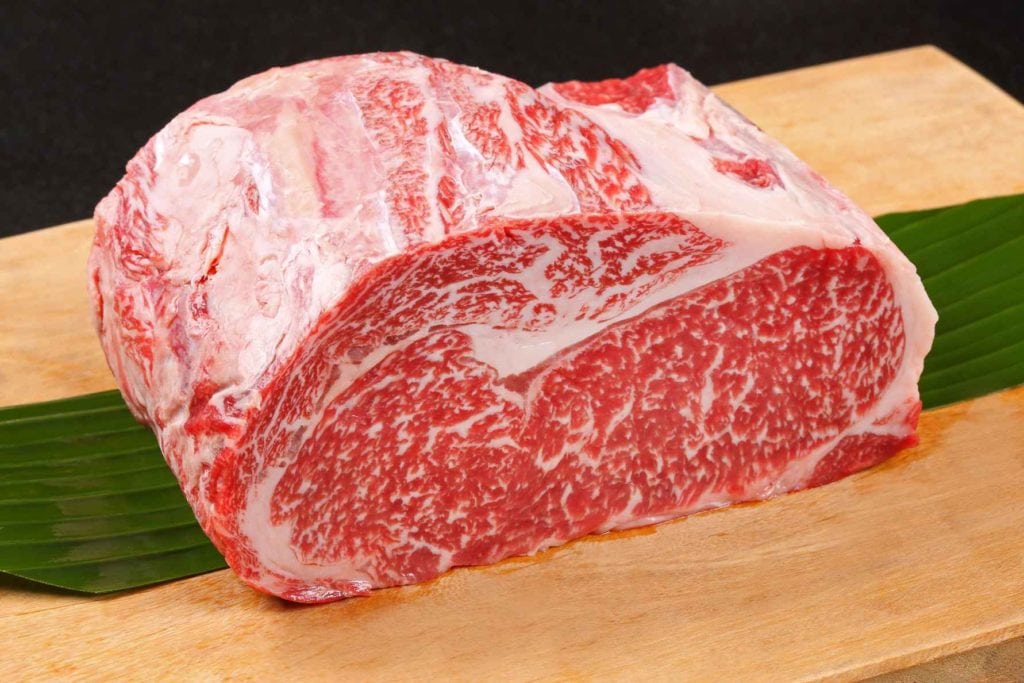
Beef is a tasty treat for your diabetic cat to enjoy, and it’s available in dozens of cuts and forms, so you have plenty to choose from. While all cuts of beef are high in protein, some are much higher in saturated fats than other cuts, so aim to choose lean cuts of meat for your cat. You can also feed your cat lean ground beef that has been cooked through.
Beef offered to your cat should be plain and free of added oil. If you’re looking for steak cuts that might be appropriate for your cat, the leanest cuts of beef include top sirloin filet, flank steak, boneless strip steak, eye of round roast, and chuck tender roast. You may be able to find freeze-dried beef cat treats. The leanest option, though, is likely going to be lean ground beef.
5. Liver
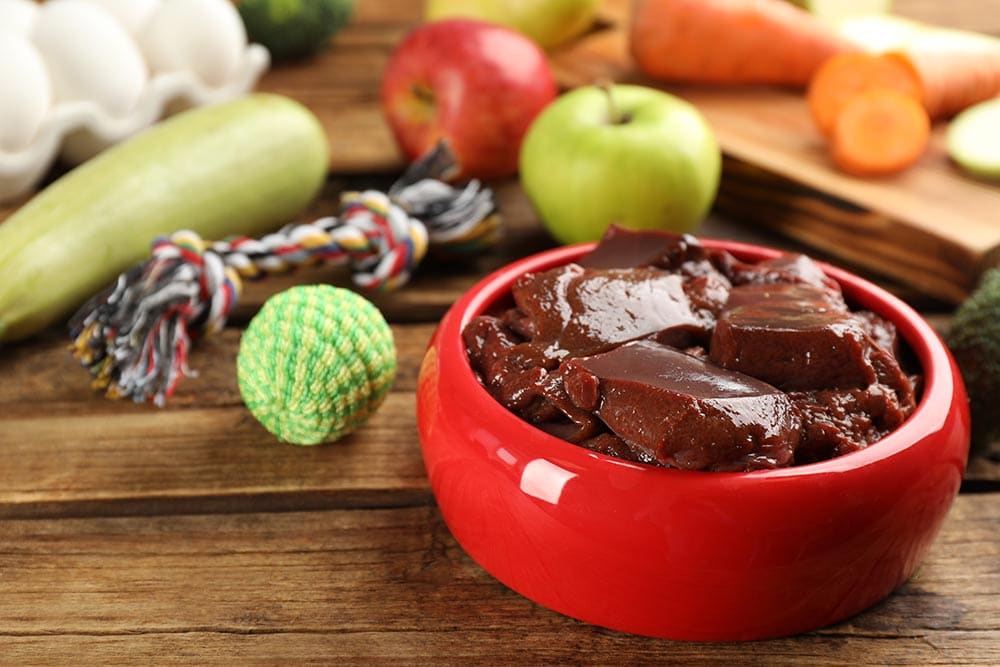
Liver is an organ meat that is rich in a variety of nutrients, as well as being a good source of protein and being low in carbohydrates. Liver is an excellent source of iron, which is an essential nutrient for proper cardiovascular and respiratory function.
The nutrient level of liver can vary between animals, but your cat can have liver from a variety of protein sources, including chicken, beef, pork, and lamb. Many pet stores have freeze-dried liver treats for pets, which saves you the time and effort of finding and preparing fresh liver for your cat.
6. Shrimp
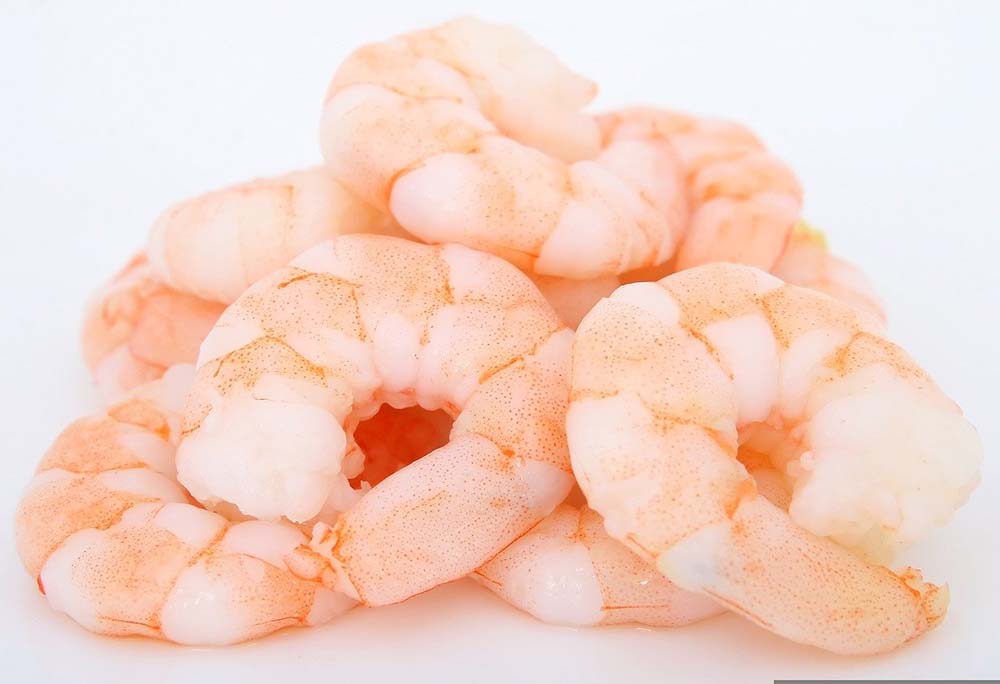
Shrimp is a great lean protein option for kitties. The protein content means it will help your cat build healthy muscle mass, but the low fat and calorie content will help ensure your cat is gaining healthy body weight and not increasing their body fat. Shrimp is widely accessible and easy to prepare.
Even if you don’t live near the ocean, you can find shrimp in just about any grocery store. The best option is frozen shrimp that is either prepared ahead of time or that you can quickly prepare at home. The nice thing about shrimp is that you can prepare one or two shrimps at a time, reducing waste. There are even small salad shrimps that are the perfect bite-sized treat for a cat. You may also find freeze-dried shrimp cat treats in pet stores.
7. Kefir
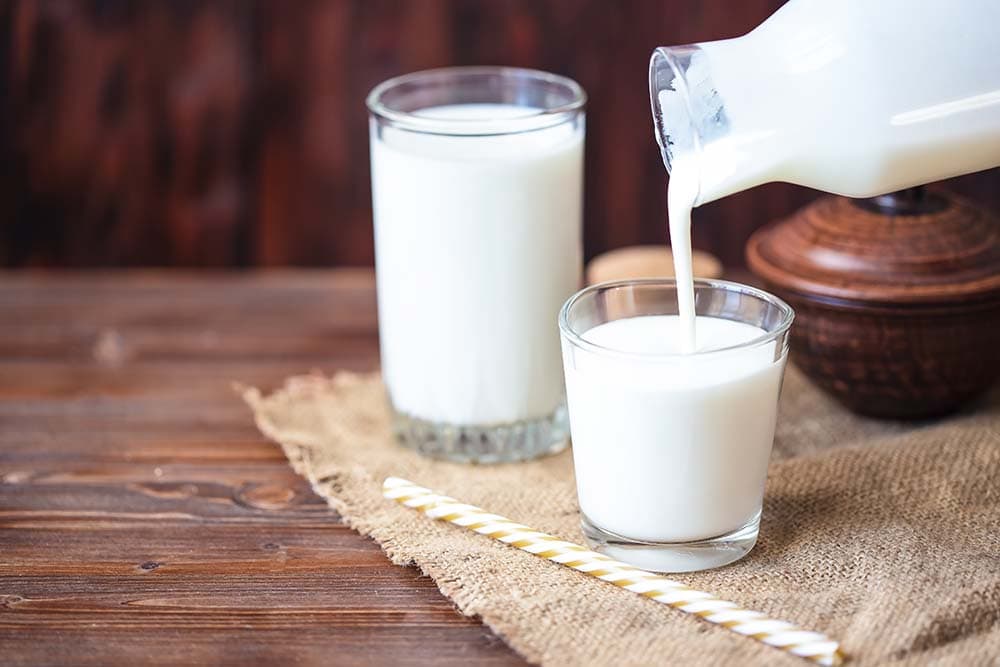
Kefir is a liquid that is a derivative of whole milk. It is lauded for its exceptionally high probiotic content, making it a good option for supporting digestive health. Kefir is becoming more widely available, and it is tangy and tasty, so your cat is likely to enjoy it.
There are a few considerations with kefir, though. It can cause stomach upset if overfed, especially for an animal as small as a cat. To give your kitty a calorie and probiotic boost, you likely don’t need to give more than a few drops or teaspoons per day. If your cat experiences digestive difficulty, even with small quantities of kefir, then you should not continue to feed it since diarrhea and vomiting will not help your cat gain weight.
Kefir is also higher in carbohydrates than most other options, so it should only be offered sparingly.
8. Goat’s Milk
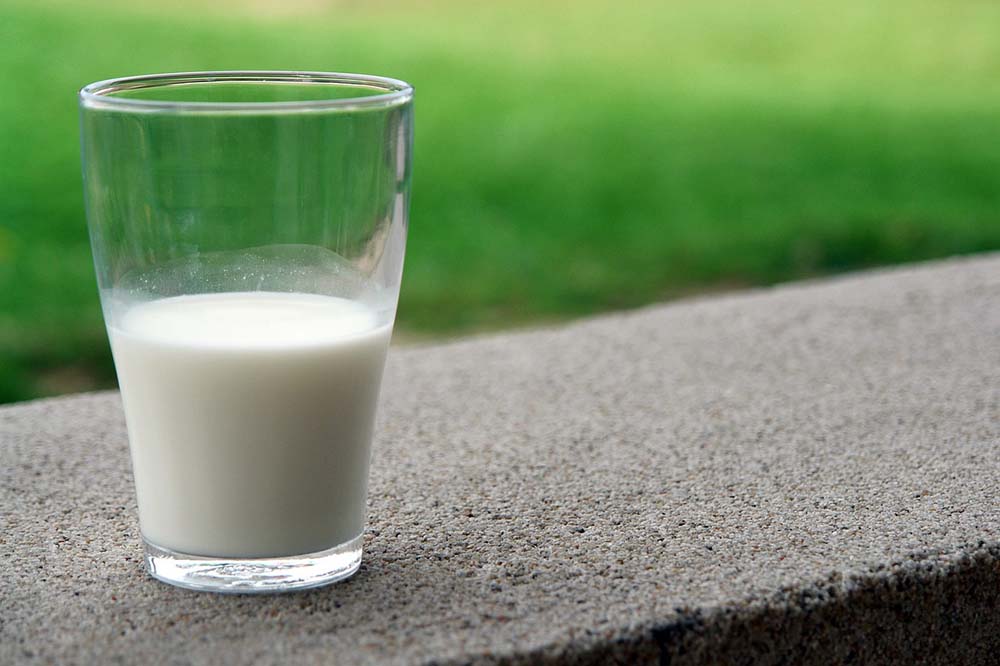
Goat’s milk has taken the pet world by storm in the last few years, being praised by many for its probiotic content and ability to help pets gain weight. Some people treat goat’s milk like it is a magic cure for lots of problems, which it is not, but it can be a beneficial addition to your diabetic cat’s food to help them gain weight without boosting their blood sugar levels.
Like kefir, goat’s milk has the potential to cause stomach upset. It should be fed sparingly and not offered to your cat in large quantities. It also should not be singularly relied upon to help your cat gain weight, but it may be effective when used as part of a balanced diet. If feeding your cat goat’s milk leads to stomach upset in your cat, you either need to feed less of it or eliminate it completely from their diet.
9. Canned Food

Most veterinarians recommend feeding your diabetic cat canned food in favor of dry cat food. Canned food is usually higher in protein, lower in carbohydrates, and much higher in moisture than kibble. This combination can help diabetic cats achieve and maintain a healthy body weight.
The protein and moisture content can help your cat feel satiated and stay satiated between meals. Plan to feed your cat three or four meals per day instead of allowing them to graze. This will keep the food fresh and help better manage your cat’s blood sugar levels. The nutrient levels will vary between every brand and line of canned cat food, so make sure to check labels and convert nutrients to dry matter basis to determine if a food is appropriate for your cat.
10. Prescription Diabetic Food
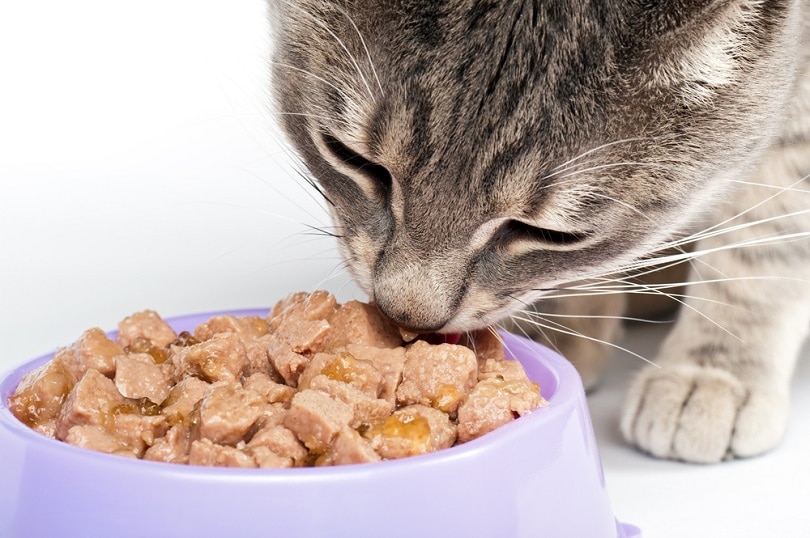
Your best option for helping your diabetic cat achieve and maintain a healthy body weight is prescription diabetic cat food. Your vet will be able to provide you with the prescription for this type of food, and most vets carry one or two brands in office as well.
Prescription diabetic foods are formulated to meet the specific needs of diabetic cats. Companies like Purina and Royal Canin create foods that are thoroughly studied and are WSAVA compliant, ensuring they are safe and appropriate to meet your cat’s needs. Diabetic foods are available in wet and canned forms, so make sure to discuss with your vet what the best option or options for your cat are. Some cats can really benefit from a combination diet of dry and canned foods, while others may only eat canned or dry food.
Conclusion
You should always discuss dietary changes with your vet, especially if you have a diabetic cat. Your vet may feel comfortable discussing nutrition in depth with you, or they may refer you to a board-certified veterinary nutritionist who can really get down into the weeds of nutrition with you.
If you’re concerned about your cat’s body weight, discuss these concerns with your vet. While it’s possible that you’re just dealing with attempting to help your cat gain weight that they lost before they were diagnosed with diabetes, it’s also possible that your cat has a secondary problem happening. Rapid weight loss and anorexia can be very dangerous for cats, so always refer to your vet in these cases.
Featured Image Credit: PakulinSergei, Shutterstock






